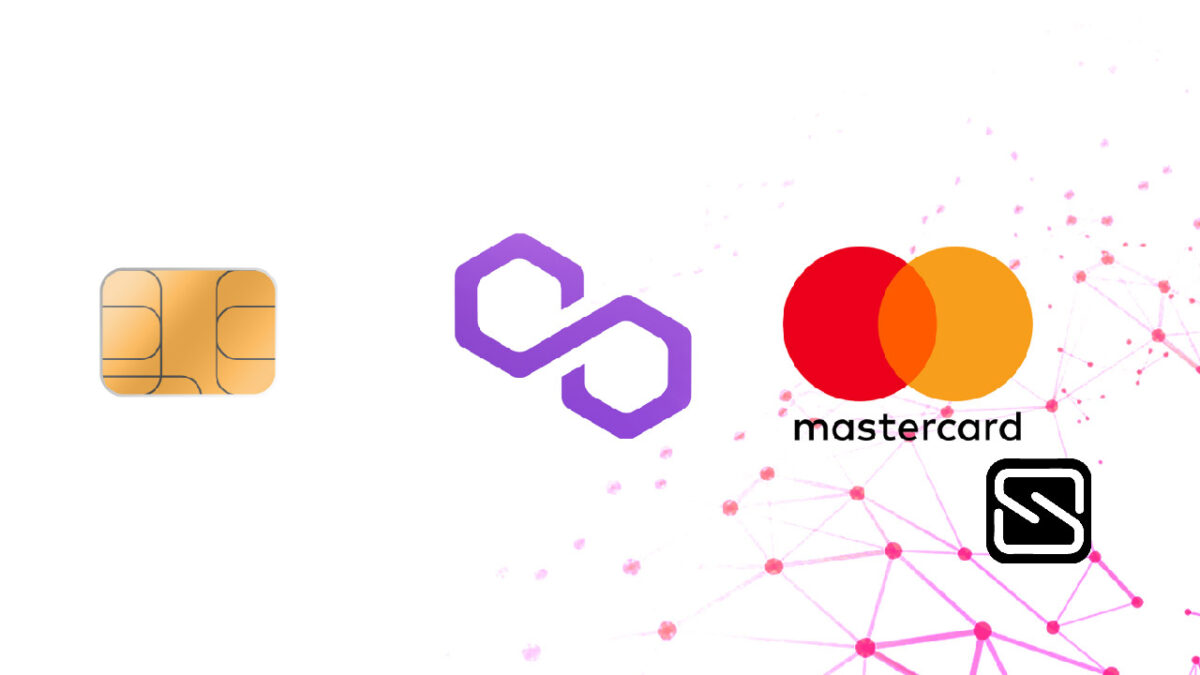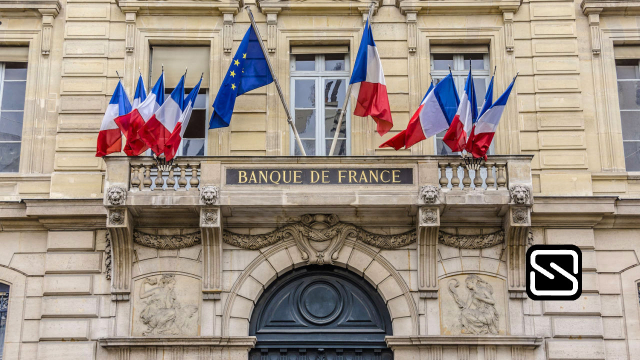In the wake of the FTX crash, the Proof of Reserves has been the talk of the town, with the investment community demanding that exchanges offer attestations of their cryptocurrency holdings.
But what are they exactly, and why are they important? Proof of reserves (PoR) refers to a method of verifying that a trading platform or crypto firm does indeed have 1:1 backing across the digital assets it holds in custody on behalf of its customers.
Firms will often turn to a third-party organization to conduct the attestation. They publish the results, with some caveats to help investors understand a centralized exchange’s state of finances and whether they have enough funds to match customer deposits.
Since the trend has emerged, tons of different kinds of attestations have been executed, with some instilling more confidence in a firm than others.
One way to execute an attestation is via a PoR protocol that uses a Merkle Tree proof to integrate large amounts of data into a single hash and verify the integrity of the data set.
Using cryptographic proofs, the PoR protocol verifies the validity of user balances and transactions.
Crypto exchanges may publish Merkle Tree-based PoR attestations at regular intervals, including on a weekly, monthly, or quarterly basis, in the form of snapshots. Alternatively, firms might provide real-time attestations available on their website.
While snapshots may be sufficient to prove a crypto firm’s solvency at a set point in time, real-time attestations are considered to be superior when verifying an exchange’s reserves as they allow anyone at anytime to ensure that funds are indeed by an exchange.
Chainlink Labs, the company behind the popular decentralized oracle network, is offering its own version of a proof-of-reserves system, which, it said, is designed to help projects across Web2 and Web3 prove asset reserves through automated verification.
Its blockchain-agnostic system provides data on how much is deposited, borrowed, and staked at a particular protocol at any point in time. Additionally, exchanges can use Chainlink’s system to provide security around the guarantees that they cannot issue more tokens than assets stored in reserves.
PoR is crucial for a number of reasons. First of all, it gives customers the ability to confirm that the balances they have on, say, a cryptocurrency exchange have complete asset backing. Second, it encourages companies to adhere to transparency requirements, which makes it more difficult for them to engage in dubious or unlawful financial behavior.
Ideally, PoR should benefit both users and businesses. It protects users by minimizing security risks and safeguarding against harmful players. At the same time, it helps businesses retain users by increasing their trustworthiness.
However, while proof of reserves is clearly a step in the right direction, theoretically helping to ensure that customer funds are safe and cryptographically proving that the company has sufficient liquidity, it can also give users a false sense of security.
The reason for this is that by simply providing a snapshot, exchanges give an overview of assets held on the platform’s associated addresses; however, they with few exceptions, do not disclose the company’s liabilities to customers, meaning users are required to trust the auditor’s attestation about the assets in question.
This may potentially lead to a scenario where an exchange uses its proof of reserves to appear transparent without disclosing its true solvency risk.
The Kraken CEO Jesse Powel recently highlighted, saying that attestations must have three components, a sum of client liabilities where the auditor excludes negative balances, user-verifiable cryptographic proof that each account was included in the sum, and signatures proving that the custodian has control of the wallets.
In summary, you can access a PoR audit to see if a crypto custodian holds the entire reserves of your and other users’ funds. The audits should deter crypto exchanges from mismanaging user funds and help improve transparency in the crypto space.
PoR is the first step to regaining and maintaining the trust of crypto users. Furthermore, it sets more requirements for exchanges, which will hopefully make user funds a priority and make the industry safer and more transparent for all.









